October 12th, 2015
5 Yard Ideas Better Than Grass
Categories: Homeowner Resources | Tags: grass alternatives, green yard ideas, ground cover ideas, lawn alternatives
American lawns are one of the worst things we do to the environment, and yet they are standard among house-dwellers and some suburban apartment complexes. And what do we even use them for? Not much. Grass is itchy and full of little bugs that make us itch. It also takes up space that could be used for growing food or for a flowering habitat for bees (which are seriously endangered and dying off at an alarming rate) and butterflies which are essential to the pollination of the Earth (i.e. no pollen=no food). Lawnmowers account for 5% of our air pollution, and 17 million gallons of fuel are spilled in the process. According to the EPA, Americans use nearly 9 billion gallons of water per day on their lawns and 50% of that water, combined with the spilled fuel and copious amounts of pesticides we use, goes to waste down the storm sewers. This polluted water flows through an already overloaded system and eventually back into the environment. In 2015 it doesn’t seem necessary to explain why this is bad, but here is the short version: polluted water makes us sick and kills the plants and animals that keep us alive.
Here’s the good news: there’s actually a lot we can do about this! Here are 5 ideas for your yard that are low-maintenance, low-water, and healthy for you and the surrounding ecosystem!
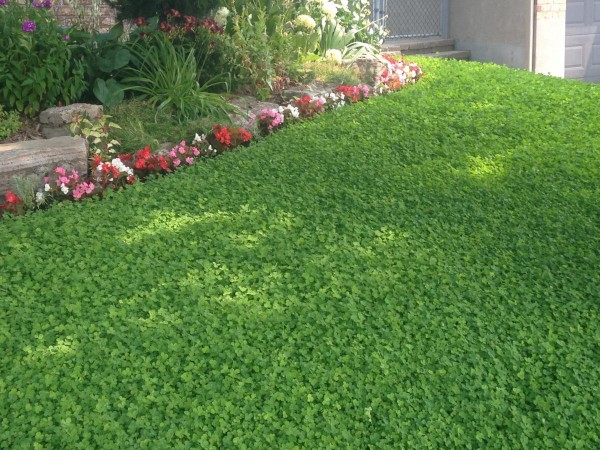
1. Plant clover instead. This is a great solution if you’re hesitant to give up that lush green you get with grass. Kids can still play on it like a lawn, and you can even mow it if you’d like (electric and manual push-mowers only, please) or you can let the flowers grow which is great for bees and butterflies. Photo courtesy of urbanseedling.com
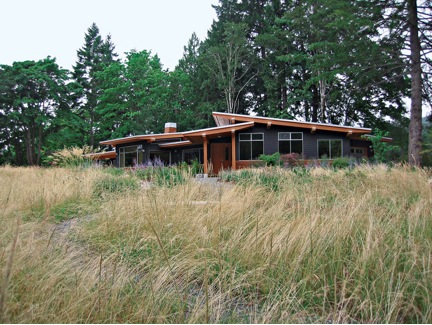
2. Embrace the prairie. Using regionally native plants, such as prairie grasses and wildflowers in the midwest, means minimal maintenance on species that are designed to thrive in your climate. Photo courtesy of homeoutsidedesign.com
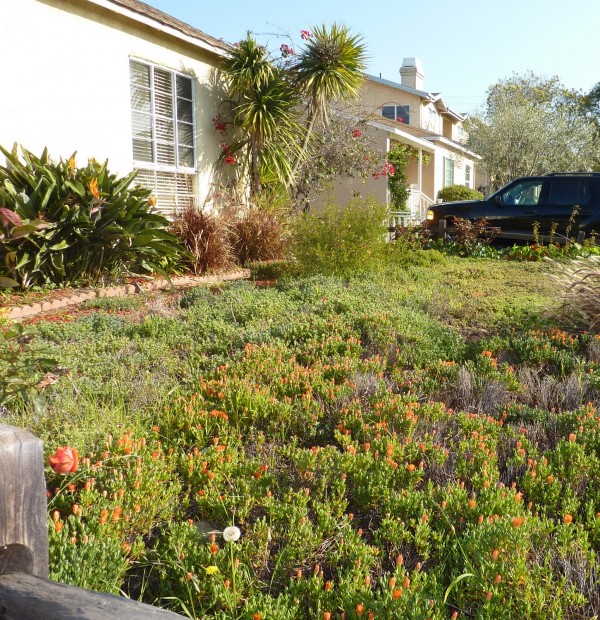
3. Embrace the desert. Similarly, if you live in an arid climate there are many native desert plants you can use that hold up with very little water. Many of them even have beautiful, colorful flowers! This is great in dry places such as California which has sever water shortages. Photo courtesy of marvistagreengardenshowcase.blogspot.com
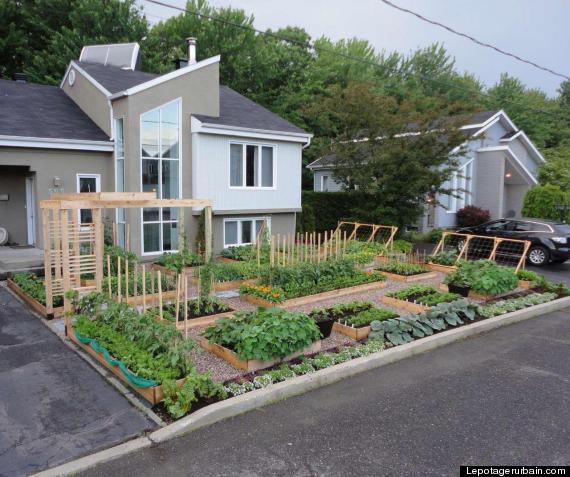
4. Plant a vegetable garden. This will of course require a green thumb and a higher level of maintenance, but weeding can be done by hand and there are plenty of organic solutions to pest control out there. You can plant in raised beds with gravel walkways in-between for full yard coverage without grass, and then you have fresh vegetables to feed your family and friends! (Note: some places have ordinances that absurdly prohibit this. If you are passionate about this, talk to your neighbors, talk to your city, start a petition!) Photo courtesy of sacgardens.blogspot.com
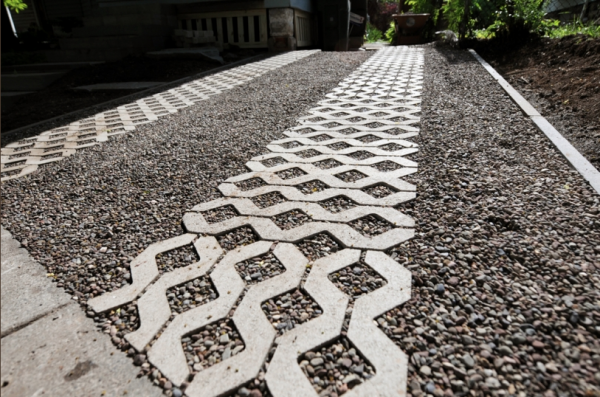
5. Designate your outdoor space with pervious paving. Pervious paving allows water to drain through and remain in your yard’s ecosystem instead of running off hard pavement such as concrete, asphalt, and paving stones, into the storm system. Use it for your driveway, walkways, and patio space where you want to spend time outdoors, and then plant your taller flowers and vegetables around it. Photo courtesy of mckaysphotography.com
For more information about conserving water, check out 4 Ways to Save Water at Home.
